If early Hyundais ever become collectible, these will be the cars to have
These days, you can be proud to park something like a Hyundai Santa Fe in your driveway—prouder still, perhaps, to slide behind the wheel of a sultry Genesis G90. But the current success of South Korean automakers had to begin somewhere, and those early roots indicate some serious growing pains. Nevertheless, there are collectible treasures to be found in Hyundai’s past—depending on how you define “collectible,” of course.
Certainly many classic car owners would be glum to see Aaron Neilly’s 1986 Hyundai Pony L trundle into view. As the sweep mechanic on the budget-friendly Hagerty Maple Mille classic rally, Neilly was there to assist stranded motorists if their cars threw in the proverbial towel. If he couldn’t solve the problem, the consolation prize was a ride in a car so basic it doesn’t even have the optional clock.
“I have to admit, I bought it as a joke,” Neilly says with a chuckle, “But I kind of fell in love with it. People give me the thumbs up while they’re laughing at me.”

Some introduction may be necessary for American readers unfamiliar with the Pony, the car that acted as Hyundai’s first ambassador to North America. As was the case with Mazda and Honda, Hyundai chose first to use Canada as a test market before expanding into the U.S. It was a savvy choice at the time; up until very recently (owing to the rise of the crossover), Canada was primarily a small-car market where the Honda Civic was king. Further, Canada had relatively lax emissions laws in the 1970s and 1980s.
The first Pony—Neilly’s is technically a Pony II, though it was not sold as such here—was a miracle car. Some Canadian readers familiar with the wheezy reputation of the 1980s version are likely stifling guffaws at that characterization, but context is key. Scarcely twenty years after the Korean War reached its bitter stalemate, Hyundai went from manufacturing Fords under license to producing its own car at a brand-new factory, built from the ground up in a single year.
With ex-Morris-Austin managing director George Turnbull at the helm, Hyundai pulled off an extremely rapid development cycle. A small team of British engineers worked on chassis and body development, and the car was styled by Giorgetto Giugaro’s Italdesign firm. The concept was shown in October, and the car went on sale by December.
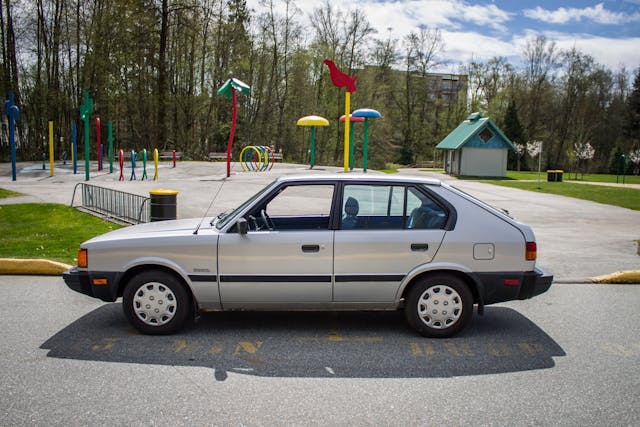
The Pony I was a hodgepodge of Ford Cortina underpinnings, Mitsubishi powertrain, and the input of people who thought the Morris Marina was a good idea. At first glance, that does not read like a recipe that would get you through the first round of The Great British Baking Show, let alone establish your company as a major player on the world stage.
And yet, was the original Pony really any worse than, say, a contemporary Datsun B210? Any Japanese car enthusiast will tell you that the bulk of that country’s early efforts were at least as disposable as what the South Koreans were making. And when’s the last time you even saw a B210?
Instead, gaze upon the magnificence of a red-blooded Canadian-spec Pony, with its 70-hp 1.4-liter four-cylinder engine, four-speed manual transmission, and dashboard that features a light-up Hyundai badge instead of a tachometer for some unfathomable reason. Neilly, who is ordinarily more of a VW Beetle enthusiast, has even gone to the effort of sourcing the parts from the Pony GT appearance package, including a more aggressive air dam and a MOMO three-spoke steering wheel.
The car is at once both charming and ridiculous, worthy of both the thumbs-ups and the slightly mocking laughter. Initially a huge sales success in Canada when it arrived in the mid-’80s, the Pony’s 1970s-grade quality soon disappointed more than a few owners. The Pony II sold here was little more than a facelifted version of the original, and was thus still only competitive when measured against old Datsuns. At the Honda dealership across the road, you could get the frankly excellent third-generation Civic.
But the Pony was cheap, and in the right conditions, cheap sells. By 1985, Hyundai was moving some 80,000 cars in the Canadian market.
This 1986 Hyundai Stellar is a pristine example of Hyundai’s other offering at the time. A rare Executive package, it’s highly unlikely you will ever see another one on the road.
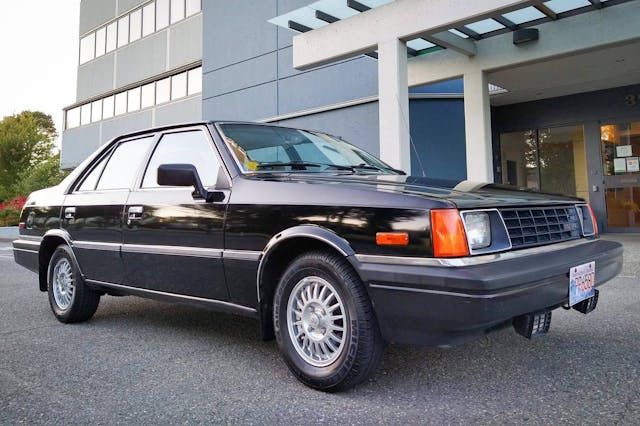
“Highly unlikely you will ever see another one,” might as well be the motto for the entire collection of Ohio-based owner Myron Vernis, who owns cars like the one-off Paxton Phoenix and a three-wheeled Davis Divan. He cultivated an interest in early Japanese cars years ago, and his collection now extends to rarities like a Mazda Cosmo and a coachbuilt Sergio Coggiola creation called the Honda Lady. Like Neilly, Vernis had low expectations for his early Hyundai, and was mildly surprised by the driving experience.
“It really works,” he explains with a laugh, “It’s a very comfortable car. I think it’s the forerunner of what we’re seeing now with Genesis.”
Like the Pony, the Stellar is a mishmash of Ford chassis and Mitsubishi drivetrain. It also holds the dubious distinction of being the only four-cylinder rear-wheel-drive sedan available in North America in its day. Further, as with the Pony, its outdated driveline wouldn’t pass air quality requirements south of the border when sold new. Not a problem in Canada.
Executive package or not, this is a disposable car. That it survived with such low mileage—just 92,000 kilometers, or 57,000 miles—is mostly about where its owner lived. This car originally hails from Victoria, B.C., a mostly quiet city with mild weather and a large retirement population. It’s not uncommon to find deeply ordinary cars surviving there long past their best-before date.
***
To discuss whether these two cars are truly collectible requires a little pontification about what car collecting is. On one hand, there’s an easy definition, as exemplified by the sort of high-class machinery that wins accolades at Pebble Beach or trophies at the Monterey Historics. The former is for rolling artwork, still bearing the fingerprints of the master craftsmen who created them. The latter echoes with the thunder of past competitions, steeped in the golden light of a lost age.
As much as the thought tickles me, I can’t conceive of a world in which a Hyundai Pony wins anything but a chuckle at Pebble Beach. (The Concours d’Lemons would be more on brand.) However, divorce the investment and prestige component from your concept of collectibility, and these two machines start looking a little more important. History matters. The Pony is South Korea’s first proper people’s car. It is as much deserving of preservation as are the Volkswagens that Neilly also loves and wrenches on. Rarity makes it interesting, a quirky kind of character makes it fun.
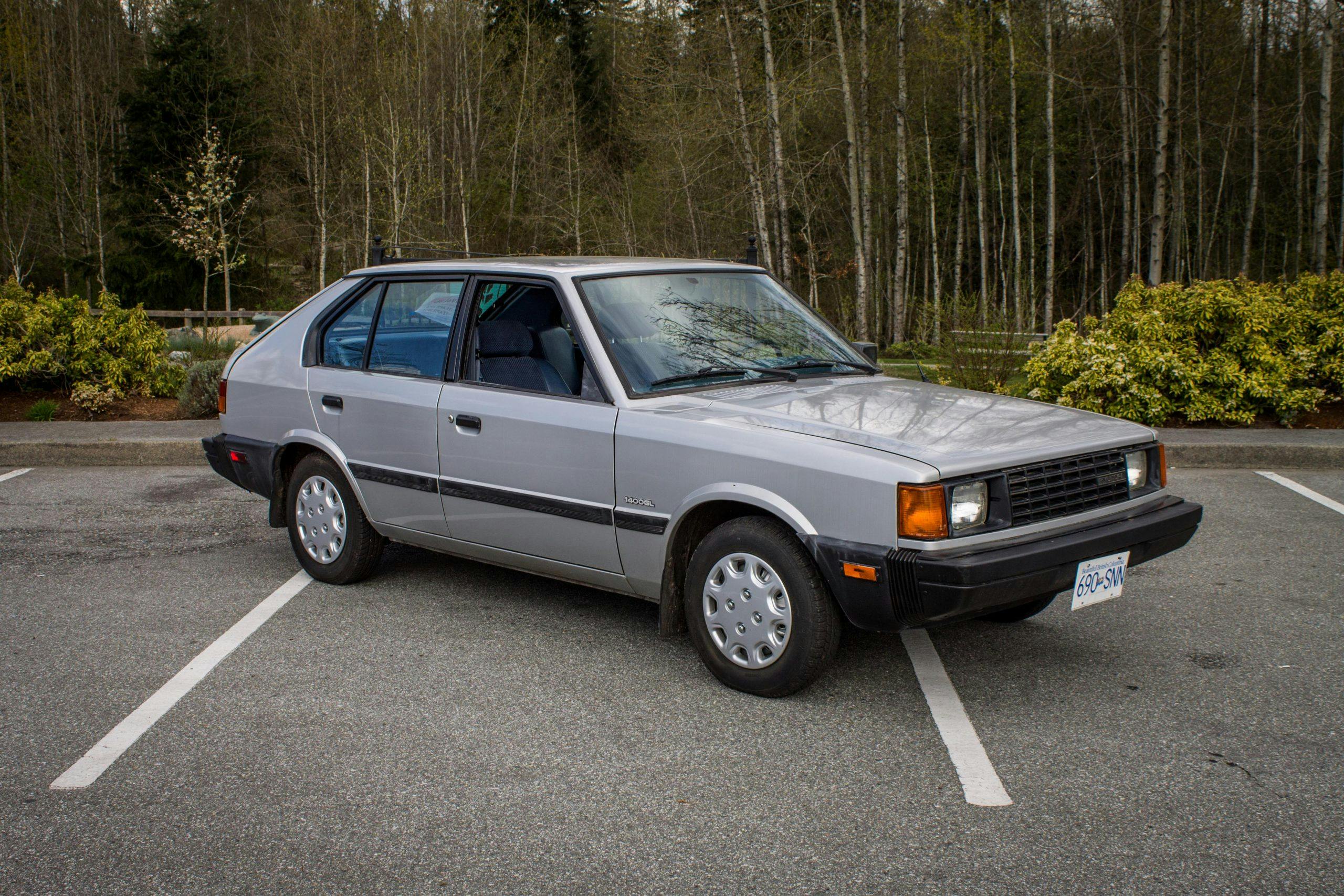
“I just like an underdog car,” Neilly adds.
The Stellar, meanwhile, could be argued as the genesis of Genesis. It may seem overambitious to place an “Executive” script on the back of a four-cylinder sedan, but if you widen the lens, Hyundai did eventually deliver on its ambitions.
“I have no delusions about the car,” Vernis says, “But it feels good to be preserving that bit of history.”
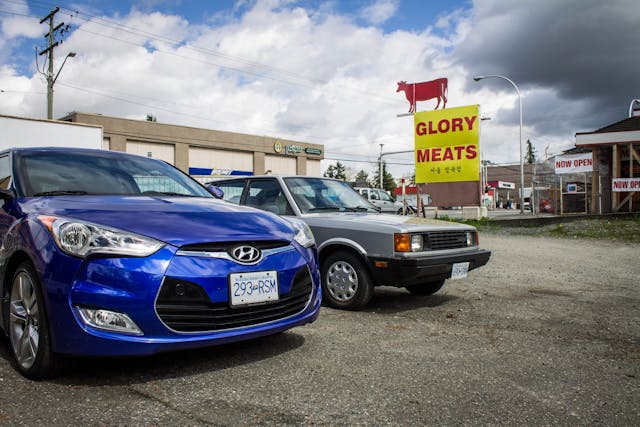
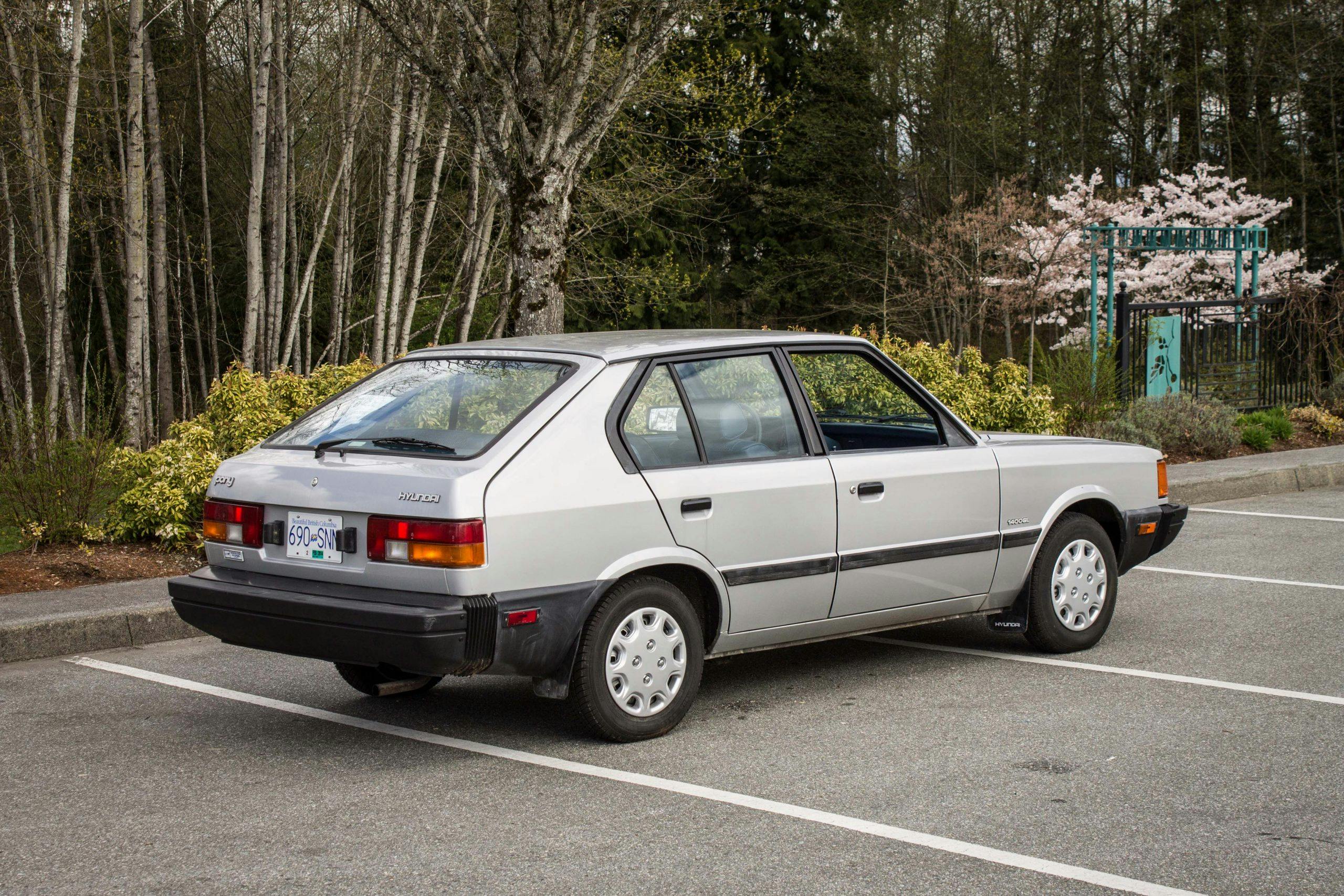
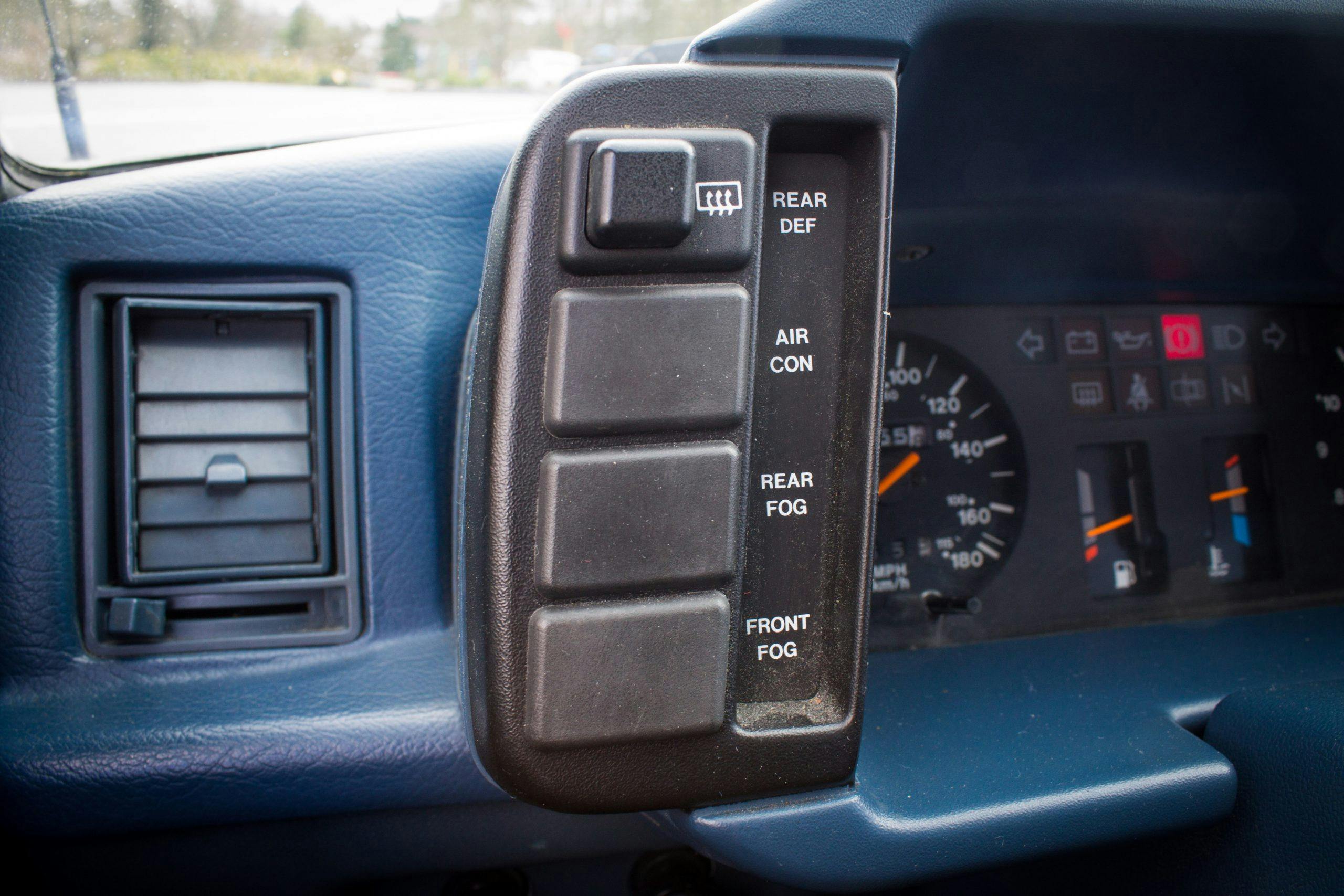

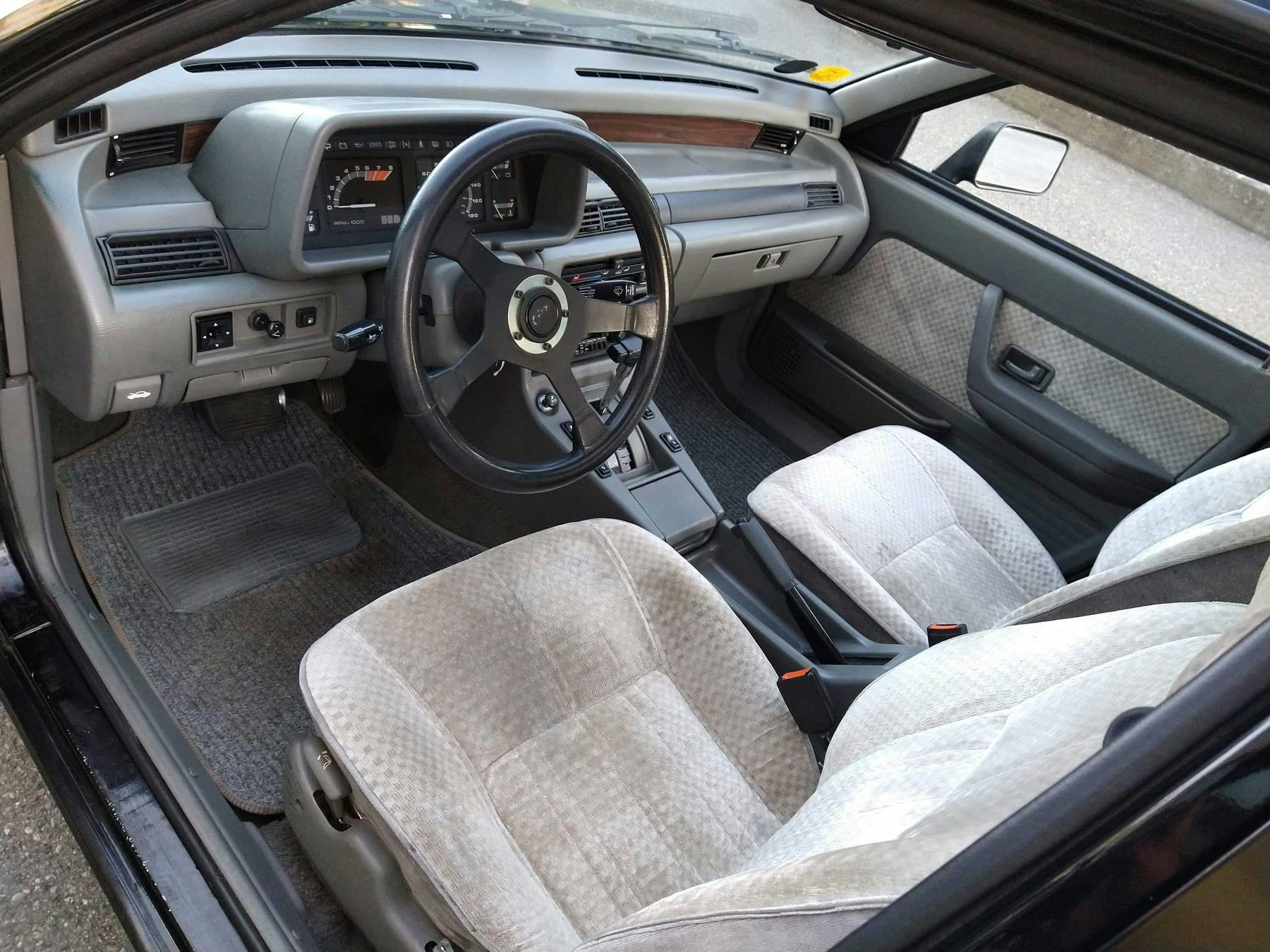


I just love the 1rst generation Hyundai. Here in Colombia, we only had the Pony I (1980-1982) with the 1.400cc Mitsubishi Engine and, amazingly, the Owners’ Manual showed impressive 92 PS (DIN horses). It was RWD and my Dad had one since new for more than 20 years. Super reliable, strong, rust free and sold it with about 720.000km (about 450.000 miles, of course after 1 engine rebuilt). The model sold in Canada (Pony II), and shown in your article, was also very interesting, but sadly Colombian Police imported about a hundred and lasted only a couple years. If you see th Hyundai Heritage online videos, lately they have been giving the Pony I the place it deserved. I wish I could find one in decent conditions to restore it.
https://www.hyundai.com/worldwide/en/brand-journal/heritage/heritage-series-pony
I spent some quality time with a blue 1986 Hyundai Excel GLS once, and I must admit I would not mind having one in my collection. Giorgetto Giugiaro did that cheap car right.